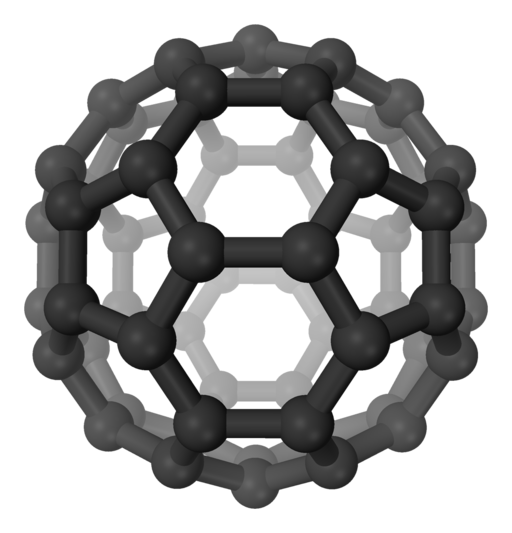
Dangerous selfies. Kirill Oreshkin takes selfies from the top of some of the world’s tallest buildings. Image from The Huffington Post.
Are you a selfie afficionado? Would you do anything for the vine? More and more of us are being caught up in selfie-mania and hurting ourselves trying to get the perfect picture. Mashable reports that more people have been killed while taking selfies this year than from shark attacks… not that that is all that meaningful of a statistic. So far this year 12 people have died trying to take selfies, compared to 8 deaths from shark attacks. Many more have likely been injured. Some places have begun to ban selfie sticks to prevent sight-seers from tempting fate. So if you’d do anything for a snap, make sure you’re being safe as well.
